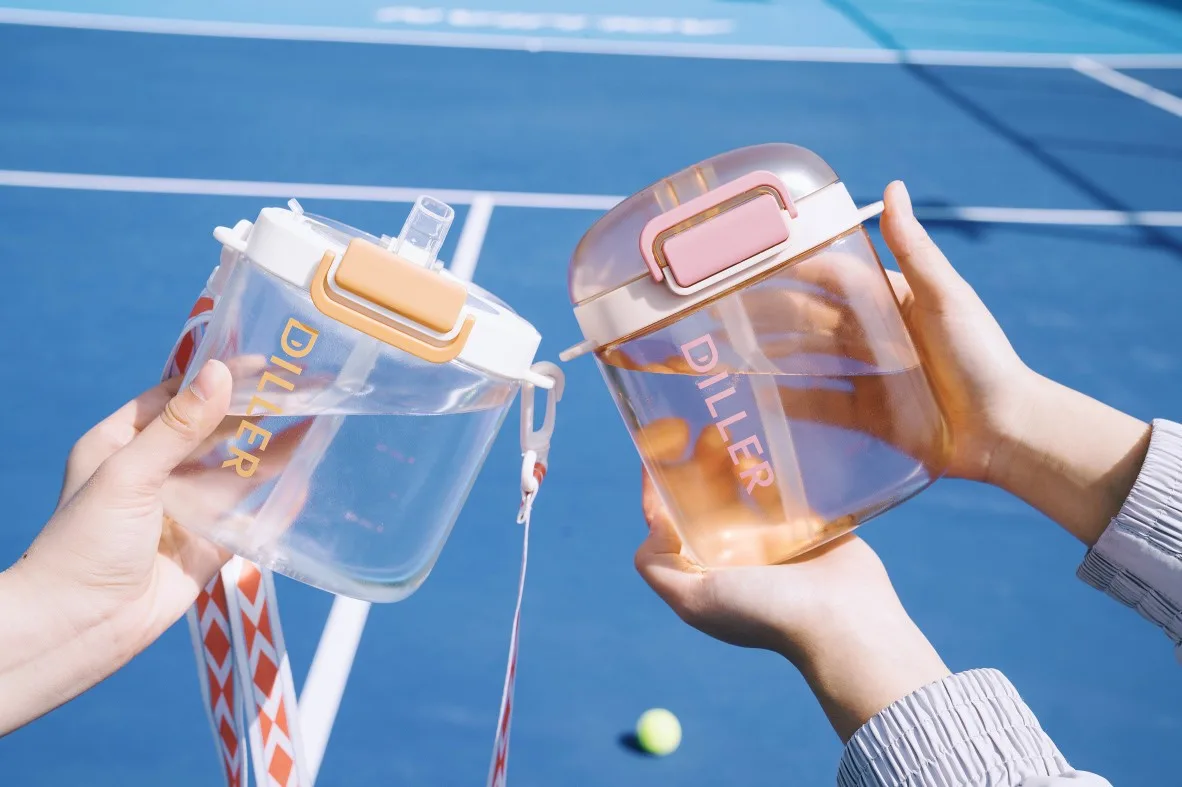With the increasing focus on environmental protection, sustainable development has become a global consensus. As consumers, we use various products every day, including water bottles. Reusable water bottles are an eco-friendly choice that can reduce plastic waste and conserve resources. In this article, we will explore the advantages of reusable water bottles, how to use them, and how to choose the right water bottle.
## Advantages of Reusable Water Bottles
Reusable water bottles have many advantages compared to single-use bottles. First, they reduce the production of plastic waste. With plastic pollution becoming increasingly severe worldwide, using reusable water bottles can reduce damage to the environment. According to statistics, over 100 billion plastic bottles are consumed globally each year, with most of them ending up in landfills or polluting the oceans. If we can use reusable water bottles instead of single-use bottles, it will have a huge positive impact on the environment.
Secondly, reusable water bottles are a way to conserve resources. Manufacturing single-use bottles requires a large amount of oil and other resources. In contrast, reusable water bottles can be used multiple times, making them more resource-efficient. This not only reduces environmental pollution but also helps us to use limited resources more effectively.
In addition, reusable water bottles also have economic advantages. Although some reusable water bottles have a higher cost, in the long run, they are more cost-effective than buying single-use bottles. If we drink one bottle of water a day, we need 365 bottles of water per year. If each bottle of water costs $0.5, the cost for a year will be $182.5. However, purchasing a reusable water bottle worth $20, we can start saving money after two months of use.
## How to Use Reusable Water Bottles
Using reusable water bottles is very simple, but there are a few points to note.
Firstly, choose a water bottle that suits you. Water bottles come in many different sizes, shapes, and materials. Some people prefer larger water bottles that can be replenished with water at any time during exercise or prolonged outings. Others prefer smaller water bottles that can be easily carried in a bag. Regarding materials, some water bottles use plastic, metal, or glass.
Secondly, clean the water bottle regularly. Reusable water bottles need to be washed and dried after each use to prevent bacteria from growing. You can use soap and warm water to clean them or put them in the dishwasher. If the water bottle has a straw or other small parts, you may need to clean them with a brush.
Thirdly, avoid putting hot liquids in the water bottle. Most reusable water bottles are not designed to hold hot liquids. Putting hot liquids in them may damage the bottle or cause burns.
## How to Choose the Right Water Bottle
When choosing a reusable water bottle, there are a few things to consider:
1. Material: Different materials have different advantages and disadvantages. Plastic water bottles are lightweight and durable, but some may contain harmful chemicals. Stainless steel water bottles are durable and resistant to corrosion, but they are heavier. Glass water bottles are eco-friendly and easy to clean, but they are fragile.
2. Size and Shape: Choose a water bottle that suits your needs. If you need to carry it around a lot, a smaller bottle may be more convenient. If you need to drink a lot of water, a larger bottle may be better.
3. Lid: The type of lid can affect the ease of use and durability of the water bottle. Screw-on lids are more secure but may be harder to use. Flip-top lids are easier to use but may not be as secure.
In conclusion, using reusable water bottles is a simple but effective way to reduce plastic waste and conserve resources. By choosing the right water bottle and using it properly, we can make a positive impact on the environment.


